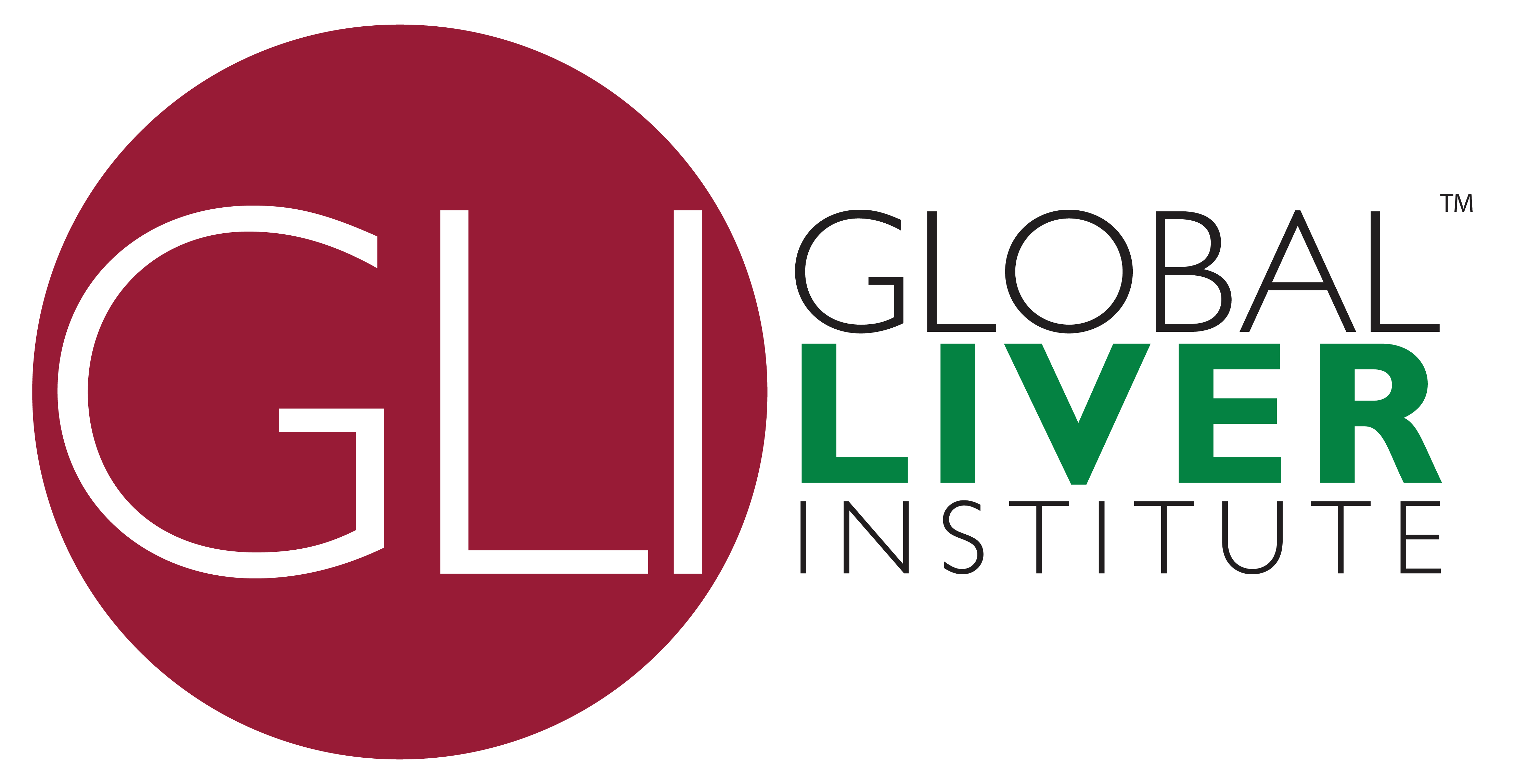
I’m Alive Because of a DCD Organ. The Truth Deserves to Be Heard.
On February 13, 2024, I became one of the thousands of people whose lives have been saved by donation after circulatory death (DCD) transplantation.
Only 3 in 1,000 people who register as organ donors are eligible to donate their organs at the time of death. In the United States, 13 people die each day waiting for an organ transplant. Our society has to maintain a sufficient pool of potential donors.
Organ donation and transplantation are highly complicated processes. Consent, procurement, transportation, and preparation for surgery must all be closely coordinated in a tight time frame. Thanks to rigorous protocols and oversight, complications are exceedingly rare despite the complexity of the system. When incidents do occur, they should be thoroughly investigated and analyzed to prevent them from happening in the future.
However, recent discourse, including reporting and Congressional testimony, has misrepresented the organ donation system in a manner that, beyond demanding accountability, poses a serious threat to the more than 100,000 Americans waiting for a life-saving organ donation. Framing organ donation as a business that prioritizes numbers over the safety of potential donors is a false and dangerous narrative.

Author: Sophie Hansen
A3 Alum
2x Liver Transplant Recipient
Hepatology and Pediatric Organ Transplant Researcher
SPLIT, AASLD, F4LC, DonorConnect
I am the recipient of a DCD liver. I also do research alongside leading experts in hepatology and pediatric transplantation. Standing at the intersection of patient and provider, I have the privilege and responsibility to speak for both sides, advocate for patients who are still waiting, and honor the legacy of donors. Unfortunately, myths about organ donation and DCD transplantation are common. It is critical to clarify these misconceptions and present the facts:
- Organ procurement is completely separate from medical care. A patient’s physician and family will make the decision to withdraw life support based on the clinical situation. Only after this decision is made are members of the organ recovery team allowed to approach the family, and this team is trained to provide support and request informed consent, not coerce a decision.
- The dignity and safety of donors and donor families are prioritized by the procurement process. All donors are protected under HIPAA laws. Only information that is pertinent to medical decision-making is provided to the recipient’s care team. No identifying information is ever shared with the recipient unless explicitly permitted by the donor family. Federal OPTN policy requires every OPO to establish a plan that respects diverse cultures and guides how staff support donor families during bereavement. OPO staff provide grief-informed services from professional counselling and Honor Walk ceremonies to post‑donation memorial events and facilitated donor/recipient communication that help families find meaning in their loss.
- DCD donation is governed by rigorous clinical protocols. OPTN Policy 2.15 requires:
- Formal agreements between every OPO and hospital that participates in DCD recovery, including written protocols that spell out roles for evaluation, withdrawal of treatment, death declaration, organ recovery, and placement.
- Independent consent procedures — including special safeguards when the patient can still communicate — to ensure truly informed authorization for any pre‑death interventions.
- Before ventilation is stopped, the OPO leads a timeout to verify patient ID, the withdrawal plan, team roles, and a fallback care plan if donation cannot proceed.
- Recovery personnel may not be present for withdrawal or death declaration; the clinician who pronounces death plays no role in organ recovery.
- Organs are recovered only after circulatory death is confirmed and a predetermined waiting period has passed to rule out auto‑resuscitation.
- DCD has strengthened our organ donation and transplantation system. In 2024, more than 7,200 DCD donors accounted for 43% of all deceased donors, up from single‑digit percentages just a decade ago. This influx is leading to shorter wait times and creating opportunities for patients unlikely to receive a traditional donation after brain death (DBD) organ. Innovations such as normothermic regional perfusion and machine perfusion continue to make DCD organs that were previously deemed unsuitable for transplant safer and more durable.
These are not simply numbers. Each organ donated is a life extended, filled with opportunity, relationships, and impact. As members of the public rescind their organ donation status in response to the publicization of rare systematic failures that are not representative of the system, real lives and families will be affected.
Well-established psychology concepts elucidate the harms of reckless discussion of organ donation. The availability heuristic is a cognitive bias that leads individuals to make decisions based on the information that is most readily available in their memory, rather than all relevant information. When events receive news coverage, they are easily recalled by the public, even if similar events occur more frequently without coverage. This is exacerbated by confirmation bias, or people’s tendency to process the information they encounter that is consistent with their existing beliefs. In this situation, individuals with mistrust of organ donation or the medical institution are likely to have their fears validated, while others may begin to believe that organ donors’ lives are regularly threatened due to their donation status.
Journalists have an obligation to present the whole truth, not a snapshot of alarming anecdotes, but a comprehensive picture that includes all relevant perspectives and context. Sensationalist media incite public fear that risks undoing decades of progress in ethical transplant expansion.
